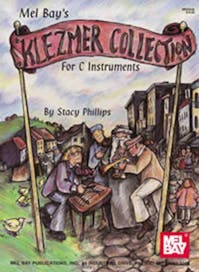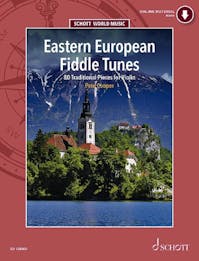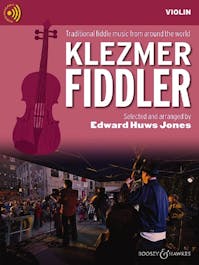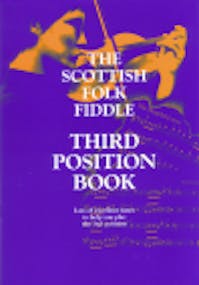Music Books by Region of Origin
This 4-volume teaching series continues to be enormously successful and popular. It aims to stimulate young players in particular, with all the new technical and musical ideas introduced one by one in a lucid and logical fashion.The light hearted illustrations by Peter Nuttall and Gerald Garcia are another attractive feature of the series.
Easy and accessible guitar solos with minimal demands on the left-hand so that the student can concentrate on a stable relaxed right tirando technique. Other techniques such as apoyando, tremolo, simple chords, tambora and rasgueado are also covered. This primer was planned to precede the 3-volume Solo Now! series, but is suitable as a stand-alone easy solo book.
The John Thompson's Easiest Piano Course is designed to present the easiest possible approach to piano playing, complete with an amusing family of characters and illustrations to help emphasize the information being taught.
Part one is devoted to developing fluency in reading by note, the biggest hurdle for most young children. The range is purposely limited. Only five notes up and five notes down from middle C are presented and time values do not go beyond crotchets. Each book of the course contains its own writing exercises, sight-reading drills, review work and later, technical studies. Accompaniments for teacher or parent are supplied with most of the examples.
In celebration of 120 years of Willis Music, the beloved characters in John Thompson's Easiest Piano Course Parts One - Four have been redrawn. The content remains the same, so, like countless others before them, today's young students can continue to benefit from the Easiest Courses's clear and simple approach.
JOHN THOMPSON’S MODERN COURSE FOR THE PIANO is the essential piano method for beginner students of all ages. Clearly written, fun and easy to understand, the MODERN COURSE is a proven favourite with piano teachers and students worldwide, with millions of copies sold. This new edition has updated diagrams, clearer musical notation and access to online backing and demonstration tracks via PLAYBACK+, a multi-functional audio player that allows you to slow down audio without changing pitch, set loop points, change keys, and pan left or right - available exclusively from Hal Leonard. Coming from John Thompson, the author of still the most widely used Piano method in the world, you can be sure that quality and consistency will be the number-one feature of this tutorial for beginner Piano players. This First Grade Book provides an excellent start to your studies and includes:
- 50 easy-to-play pieces, - Online backing tracks and performances of each piece, - Helpful technical exercises, - Fundamental lessons on scales and music theory
Helping students to both think and feel musically, the Modern Course is the most effective and enjoyable way to learn the Piano.
Break out of the bluegrass mode and expand your horizons with this collection of 20 famous classical melodies arranged for three-finger style 5-string banjo. Each piece is written in banjo tab and includes rhythm notation, chord symbols and right hand fingerings. Works include: Air on the G String (Bach) · Ave Maria (Schubert) · Ave Maria (Gounod) · Canon in D (Pachelbel) · Für Elise (Beethoven) · In the Hall of the Mountain King (Grieg) · Ode to Joy (Beethoven) · Pomp and Circumstance (Elgar) · Spring (Vivaldi) · Theme from Swan Lake (Tchaikovsky) · and more!
Another 200 tunes from England, Ireland and Scotland with chords from the vast collection of Peter Kennedy, many unavailable elsewhere. Again, all the tunes are in a single time signature, this time 6/8. You will discover a hoard of uncommon traditional tunes in this book. Once again, these tunes are for all musicians.
CLEARANCE
The Portland Collection, Volume 2 is a continuation of the music in the first Portland Collection, and its format is identical to that of the earlier book. Volume 2 contains 322 jigs and reels from the Portland, Oregon contra dance repertoire–all music that arrived in Portland since the tunes were collected for the first book in 1994-95. Again, Irish, Scottish, Québécois, Appalachian, and New England genres are represented. The tunes are both traditional and recently composed, from local treasures to national contra dance standards. There is an extensive commentary on every tune including stories about the tunes from their composers. There are chord suggestions, a discography, a bibliography, and more. The tunes and their histories were collected from many local contra dance musicians who generously gave of their time and talent to help us expand on the music in Volume 1.
A collection of 120 melodies meticulously transcribed from recordings by the masters of the klezmer style, including Dave Tarras, Naftule Brandwine, Abe Schwartz and many more. Written in standard notation for C instruments, this book includes chordal accompaniment, program notes for each piece, and interviews with master klezmer musician Andy Statman and ethnomusicologist Dr. Walter Zev Feldman.
Following the success of 'Irish Fiddle Solos' and 'English Fiddle Tunes', Pete Cooper's new book contains a rich selection of tunes from many Eastern European countries including Poland, Ukraine, Hungary, Romania, Serbia, Bulgaria, and Macedonia, and pieces from the Klezmer tradition. There are 80 tunes in a variety of styles: mazurkas, polkas, kolomyikas, freylekhs, horas, csárdás, legenyes, sîrbas, rucenitsas, kopanitsas, etc. The material is wide-ranging in complexity, including very simple pieces as well as many more challenging tunes requiring intermediate to advanced technique. The introduction provides explanations of rhythms, scales, modes, and notes on the individual tunes. As with many other books in the series, there are MP3 files that can be downloaded for free, with all the pieces performed by Pete Cooper.
The full range of traditional fiddle repertoire is now at your fingertips! Using these generous collections, you can create your own ceilidh, barn dance, jazz club or Sarajevo street-café. Some of this music is familiar, some more exotic, but all of it is absolutely authentic, faithfully arranged and, above all, hugely enjoyable. Each title in the series is available in two formats: the Violin Edition (with an optional easy violin part and guitar chords); or the Complete Edition, which also includes both keyboard and violin accompaniments. Either format is hugely flexible, which means the music can be played as solos, duets or trios as well as with larger ensembles. Edward Huws Jones has travelled extensively researching fiddle-playing traditions. In each book he explains the background of the particular musical style, giving his own suggestions for a lively performance.
This book introduces fiddlers to 3rd position in a fun and exciting way by using well known Scottish tunes as the examples. It is a very popular book and can be used in on its own or in conjunction with a non-Scottish 3rd position book if supplementary fun material is required.
Also included are some pages of 2nd position tunes to widen the interest in the uses of position work in fiddle playing and enable the players to tackle some of the material from Scott Skinner’s "The Scottish Violinist" book and tunes from the "Session" books, some of which include position work.

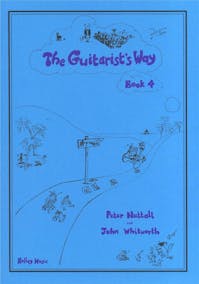
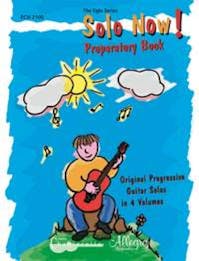
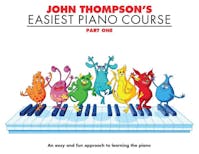
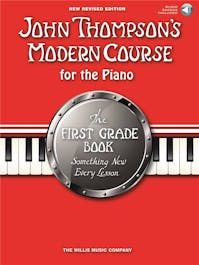
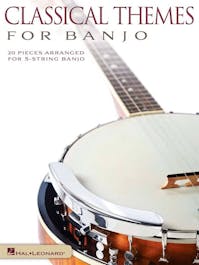
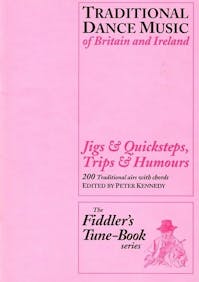

![Songer, Susan The Portland Collection Volume 2 - Clearance [duplicate]](https://images.eaglemusicshop.com/products/10428/portland%20vol%202.jpg?auto=format&w=199)
